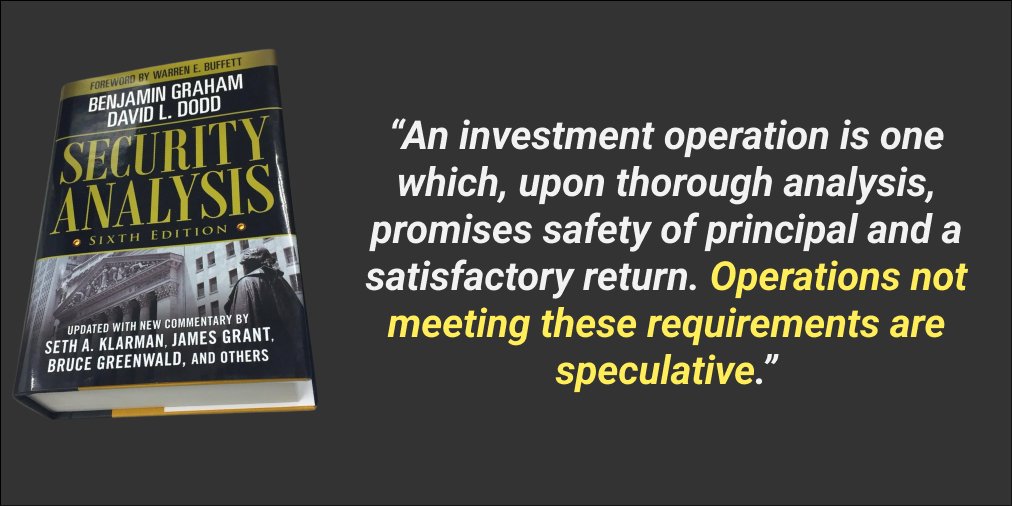
🔎 I Teach Investors How To Analyze Businesses | Author & Financial Educator | 20+ Years Investing Experience | Free Investing eBook (Link) ⬇️
271 subscribers
How to get URL link on X (Twitter) App


 1) GOODWILL WRITEDOWN
1) GOODWILL WRITEDOWN

 1: Markets are volatile. Never invest unless you are sure a "margin of safety" exists.
1: Markets are volatile. Never invest unless you are sure a "margin of safety" exists.

 The P/E ratio's flaw is that the "earnings” can be misleading.
The P/E ratio's flaw is that the "earnings” can be misleading.
 Let's say Tom's portfolio is worth $100,000 in the middle of a bull market.
Let's say Tom's portfolio is worth $100,000 in the middle of a bull market.

 1. Investing versus speculating
1. Investing versus speculating

 The P&L (or Income Statement) shows a company's profitability at multiple levels over a period of time using accrual accounting.
The P&L (or Income Statement) shows a company's profitability at multiple levels over a period of time using accrual accounting.

 1: Thesis Busted
1: Thesis Busted
 1: Don’t haggle
1: Don’t haggle
https://twitter.com/unusual_whales/status/16080730243679109122: Buffett on predicting the short-term price of a stock:
https://twitter.com/GrahamStephan/status/1574819661895856128